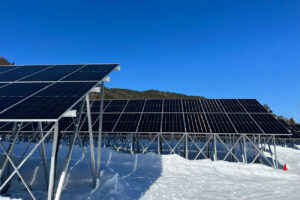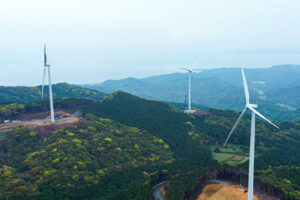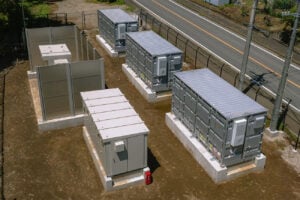
Over 150TWh of Japan power futures were traded on the European Energy Exchange (EEX) in the first five years since their launch on May 18, 2020, with nearly three-quarters of the volume having been recorded since 2024.
According to a May 21, 2025, EEX statement announcing the milestone, the trading volume grew from just 7TWh in 2021 and 2022 each, the first two full years Japan power futures were offered on the exchange, to 18TWh in 2023 and 73TWh in 2024. Between January and April 2025, trading volume reached 49TWh, more than double the 21TWh traded during the same period last year.
EEX’s rapid growth in Japan reflects a broader trend of rising interest in hedging by power retailers, generators, and other market players. It comes as fuel price volatility and the transition from the pay-per-kWh feed-in-tariff (FIT) to the market-based feed-in-premium (FIP) scheme and unsubsidized renewable projects are increasing the complexity of conventional and renewable generation, respectively.
In addition to offering a trade registration service for clearing and settlement, EEX began offering limited hours order book trading in April 2025. It added monthly average price options to its offering in February 2025, complementing the existing Tokyo and Kansai TSO area base and peak load futures of varying durations.
Separately from EEX, which held over 90% market share in 2024, Tokyo Commodity Exchange (TOCOM), Intercontinental Exchange (ICE), and Chicago Mercantile Exchange (CME) also offer Japan power futures, albeit volumes remain minimal on the latter two.
All current contracts are tied to Tokyo and Kansai prices. TOCOM was reported to be planning Chubu power futures launch in the spring of 2026 to provide a hedging option for the TSO area with the country’s third-highest power demand, which is seeing sustained price spread with neighboring regions.









